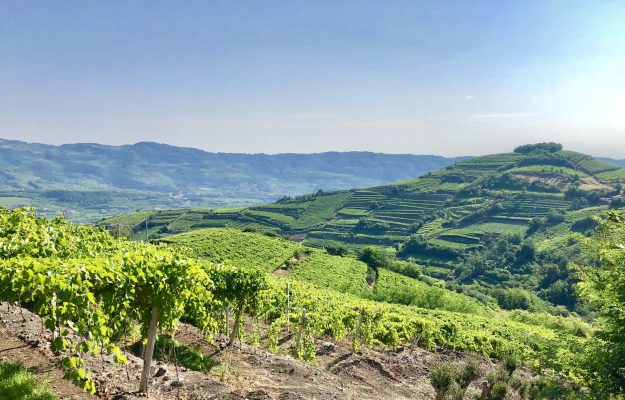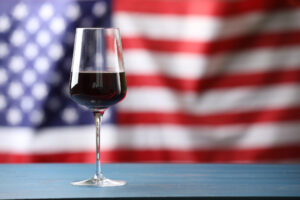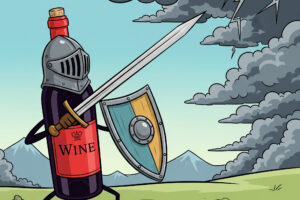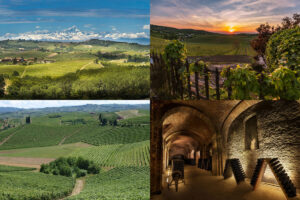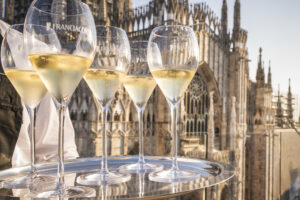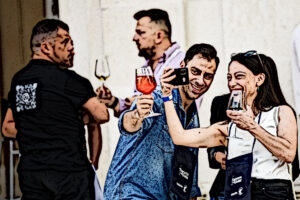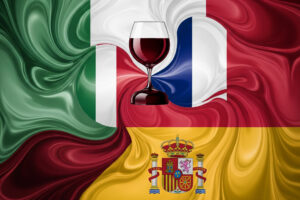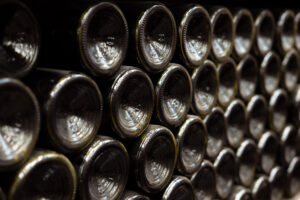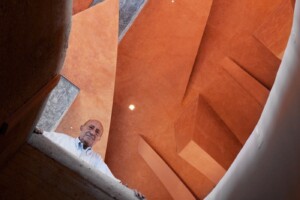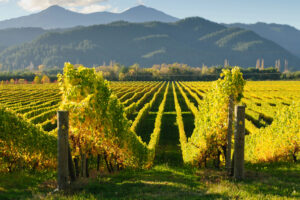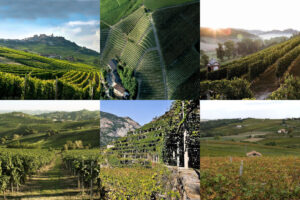The 2019 vintage, ready to be harvested, for Soave, will be the first vintage in which it will be possible to claim on the label the Additional Geographical Units, the culmination of a journey that began almost twenty years ago with the zoning and arrived at the definition of 33 “cru” included in the production regulation. Another step towards the more accurate definition of the vineyard from which the grapes come, and therefore of traceability, will be the “construction” of the “List of vineyards” activated on last August 20 by the Veneto Region, which has delegated the control and management to the Consorzi di Tutela. In this way, producers who wish to use a toponym or a traditional name in addition to the name of the denomination and the cru, can do so if they are registered in the List, guaranteeing the traceability of the grapes that come from that vineyard. The deadline for applications is next October 18, after which the Consortium will proceed to the investigation of applications for admission to the List.
However, there is a further novelty, perhaps the most important also because Soave as a historicized area of production in this case is also an outsider. “We were the first in Italy - said Aldo Lorenzoni, director of the protection organization - to activate the “Production Plan”, as provided for in the Consolidated Act, as a tool for managing the designation. An innovative tool that provides, among other interventions, a prior declaration that reports the areas planted with vines that producers intend to claim to doc in the next harvest and a declaration of commitment by winemakers who intend to vinify grapes suitable for doc. This will allow the Consortium to carry out a precise preventive analysis of the production loads, which will allow more precise choices to achieve better production and economic aims for the producers. We have started experimentally to direct the production of Soave: companies are called upon to say on which areas of vineyards they intend to produce Soave and where, instead, doc Garda and Pinot Grigio delle Venezie. They will declare it preventively and not at the end of the harvest. We presented the Plan to the Ministry on June 20 and we are waiting for a reply in time for the start of the Garganega harvest. This is a mechanism that should naturally lead to a rebalancing of production with the market. A mechanism that needs time to oil itself and that should avoid the horizontal cuts that are applied with the blockage of plants, the reduction of yields and storage, which certainly do not make producers happy”.
“A choice of responsibility - according to Sandro Gini, president of the Consortium - that already last year allowed us to produce the quantity required by the market and to keep the prices of grapes and wine stable if not growing. The implementation of the Production Plan will allow us to better manage this harvest season also from the point of view of quality by choosing the best vineyards to be allocated to Soave, ensuring that producers receive a fair return”.
The production plan, pending ministerial approval, provides for a prior declaration on last year's production, equal to 60-65% of the use of the DOC (with the remaining production destined for other DOC and IGT that insist on the same territory).
The 2019 vintage – “returned as an ordinary era and not anticipated,” explains Lorenzoni - is of great quality and limited in quantity. ”If last year we selected the vineyards to be assigned to Soave very severely, so much that we are without product - continued the director - 2019 should allow us to continue on this path, which also supports the price. There is enthusiasm among producers about the introduction of Additional Geographical Units. This is the introduction to further segmentation of the product, which we were not able to do well with the “Superiore”, to communicate in a simple and immediate way through the label the origin of the wines from the hill cru. With an articulated offer of wines, from the entry level to the high range, we take home the great work done so far and we certify the process of the denomination in quality characterization. To those who think that there could be confusion with other indications on the label, I answer that from today the mentions will correspond to the real differences of the terroir on which the different vineyards insist. Producers and consumers will need a little time to become familiar with it, but in some cases, it will be faster, since there is a great concentration of companies already in this way, in others, it will be slower”.
“We are a reality of 50 million bottles for 7,000 hectares of vineyards - concludes Lorenzoni - and we reach 64 countries with 85% of our production. We need to regain the Italian market, and the recognition of FAO as a Giahs (Globally Important Agricultural Heritage Systems) territory, an agricultural heritage of global importance, which also obliges us to decline sustainability in terms of the environment, economy and society, is also proving to be important as a driving force for wine tourism”.
The statistical report 2019 of the Veneto Region on the chapter “Destinazione Veneto” - presented at the conference that opened Soave Versus - dedicates an in-depth study to wine tourism in the main areas of production of the denominations. From the comparison among arrivals, departures and number of nights spent in structures and by origin, it emerges that the hills planted with vines of Soave have had an increase of 18.4%, the highest in Veneto. After the Prosecco Superiore Conegliano Valdobbiadene DOCG, the Soave territory is second, with over 146,000 visitors for an average of 2.4 nights spent in hotels and traditional structures (81.1%), with more than half of the tourists coming from Italy (54.4%), followed by Germany (6%) and China (5.4%). “It is clearly a beginning - comments Chiara Mattiello of the Consorzio di tutela - investments are necessary, aiming at strengthening the experiential aspect and connecting the wine with the other products of the territory to make the tourist feel the protagonist of his holiday”.
Copyright © 2000/2025
Contatti: info@winenews.it
Seguici anche su Twitter: @WineNewsIt
Seguici anche su Facebook: @winenewsit
Questo articolo è tratto dall'archivio di WineNews - Tutti i diritti riservati - Copyright © 2000/2025










